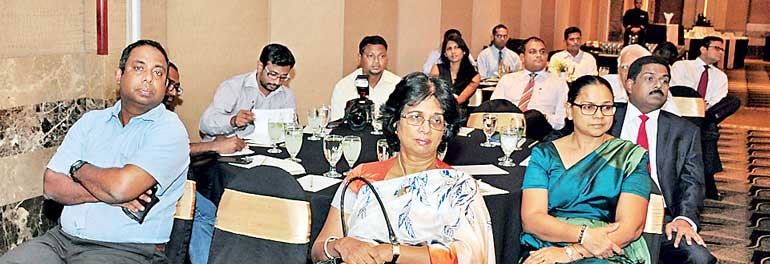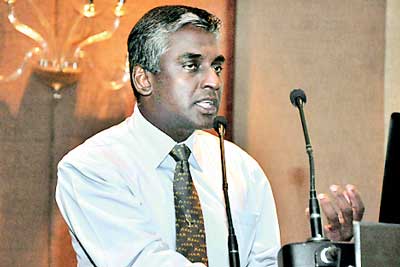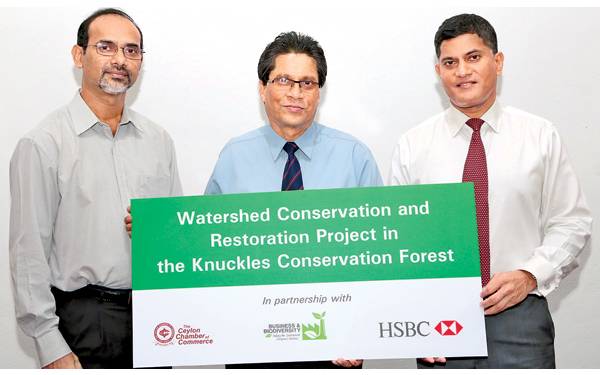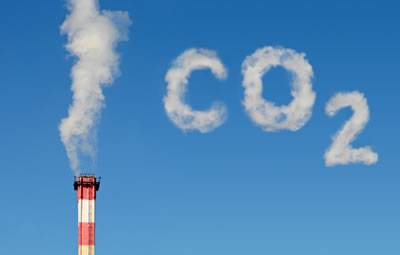Sep 21, 2015 (LBO) – Sri Lanka needs to be aware of and concerned about the dangers of the environmental impact when developing its future electricity generation plans, a recent CEB report shows.
“Green House Gas emissions in Sri Lanka from fuel combustion, both in absolute as well as in per capita terms are low even in comparison to other countries in South Asia,” the Ceylon Electricity Board said in its long-term generation plan, now open for public discussion.
“Emission level calculated per unit of Gross Domestic Product is also less in Sri Lanka when compared to other countries in the world,”
“This could be mainly due to dominance of hydropower generation in the electricity sector and the low energy intensity in the production sector,”
According to data from the report current hydro capacity contribution is 35 percent under average hydro condition where as it will be 26 percent and 18 percent in the year 2025 and 2034 respectively.
Until mid-nineties, significant thermal generation occurred only in the drought years, the power sector has so far contributed very little to GHG emissions, the report says.
“However, this situation is changing with the supply mix of the power sector moving towards thermal based generation system with the increases of demand,”
“Proposed expansion sequence predicts an increase in the thermal generation share to 65 percent by 2034 from approximately 55 percent share of present thermal generation as most of the new plants to be added to the system in the foreseeable future are fossil fuelled,”
“Hence, a substantial increase in the use of fossil fuels in the power sector seems inevitable.”
In 1994, Sri Lanka government approved ambient air quality standards which was amended in 2008 and all thermal power projects have to comply with this.
But only a proposed set of stack emission standards is currently in place.
These proposed standards are used as a guide in the Environmental Impact Assessment process of thermal power plants of Sri Lanka.
The report says 3200 MW of coal power plants are added during planning period 2015-2034 and mainly coal based generation units serve the base load requirement of the system.
Current share of oil based capacity is 30 percent and it gradually decreases in the first half of the planning period and then the capacity share changes from 12 percent in 2025 to 5 percent in 2034.
Pumped Hydro capacity will be introduced to the system in 2025 and its capacity contribution in 2034 is 7 percent, the report shows.
When applying emission control technologies, the report says it is always necessary to have an idea about the availability and capability of different control technologies.
Studies have shown that, in many cases, the use of state of-the-art engineering practices could meet the stipulated air quality standards without specific control devices.
However, there are instances where emission control is mandatory.
For example in the case of coal plants, the use of high-quality, low-sulphur coal reduces SOx emissions to levels below the standard, but definitely there has to be some form of control over particulate emissions, the report said.
Lakvijaya coal power plant has a Sea Water Flue Gas Desulfurization unit (FGD) installed for further reduction of SOx emissions and an Electrostatic Precipitator (ESP).
Hence, in the present study control technologies considered in the proposed coal plants are as follows; ESPs for the control of particulate emissions, sea water FGD for control of SOx and low NOx burners and two stage combustion for the control of NOx.
Coal power plants in Sri Lanka are mostly designed for low sulphur coal (0.65 percent sulphur) as fuel.
Selective Catalytic Reduction (SCR) is also considered as an option for reduction of NOx. The Low-NOx burners are an integrated part of most of the commercially available combined cycle plants, which are capable of reducing NOx emissions to a very low level, the study says.
Carbon Capture and Storage (CCS) is a technology that collects and concentrates the CO2 emitted from large point sources such as power plants, transports it to a selected site and deposit it, preventing the release into the atmosphere.
With the rising global energy consumption, technologies such as CCS become inevitable to avoid atmospheric greenhouse gas emissions and related climate consequences.
Nevertheless, the technology is still being developed and improved.






























